Tour of the Rooms
Tour The Rooms with us. Hover your mouse pointer over a photograph to read a description, then click the camera icon. You may start the slide show, click through the photos manually, or click on the thumbnails underneath. Use your mouse scroller to zoom in or out. Press the Esc key on your keyboard or click the “X” in the top right corner, to return to this page.
Tour of the Rooms
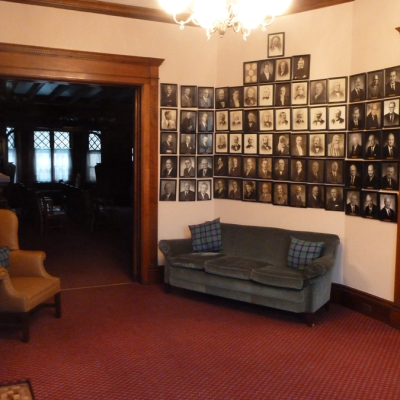
We enter through the front door of our building into an entrance hall that leads to the front parlor where one wall is devoted to pictures of the Past Presidents of the Society beginning in 1803.

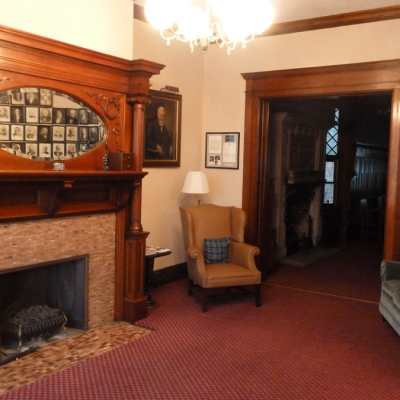
The parlor is a comfortable room where members can peruse Scottish magazines or enjoy the company of other members.


Paintings and memorabilia of the Society enhance the ambience of the room.

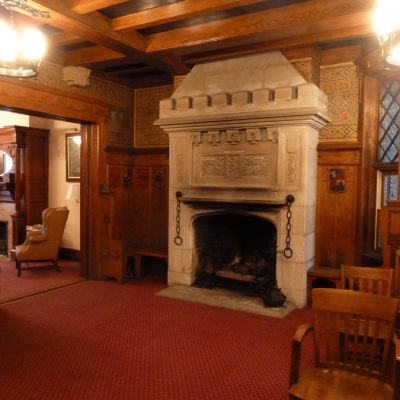
The meeting room is entered through the parlor. The magnificent baronial fireplace warms the room on cold nights.

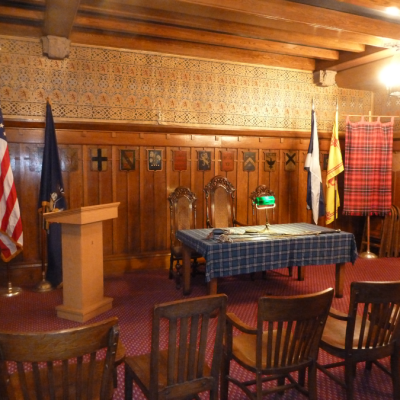
The meetings of the Society are conducted by the President, who along with the Treasurer and Secretary is seated at a table that holds the Society�s claymore.

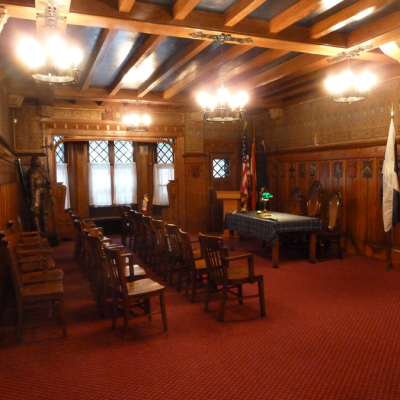
Plaques of the clans decorate the walls. The Albany tartan and the Saltire remind us of our heritage.

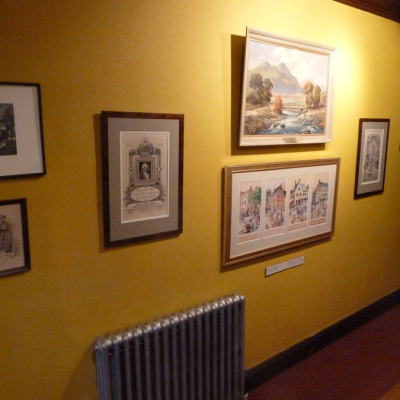
Climbing the stairs to the second floor and entering the hallway, you stand in front of some of the art work of David Lithgow. Mr. Lithgow, joined the Society in 1915 and was President from 1933-1935. He was a well-known and respected artist in New York and executed the St. Andrew's Monument in Albany Rural Cemetery in 1948. His murals are to be found throughout the Capital District.

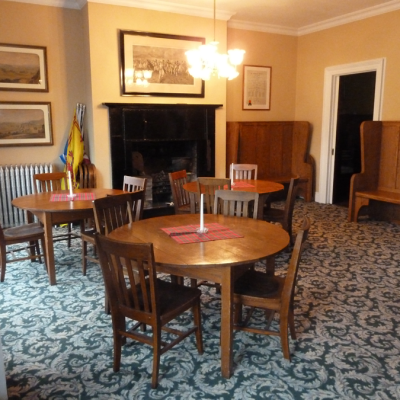
On the second floor, the Wee Kitchen, designed after Robert Burns cottage, greets the membership. The walls are decorated with paintings and other art work important to the history of Scotland and to our Society.

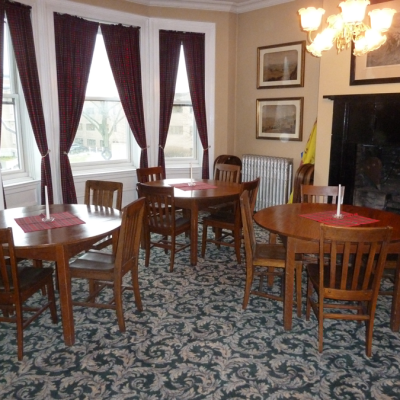
The membership gathers around the tables for meals and receptions held in The Rooms.

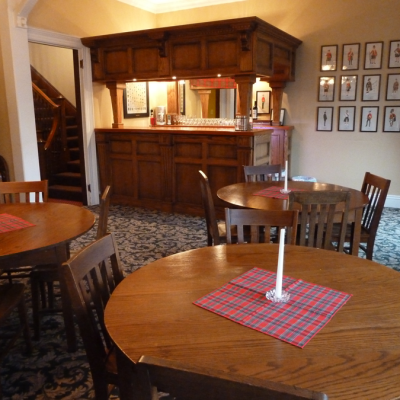
A bar is the center piece of the Wee Kitchen. It was designed and built by a member of the Society.

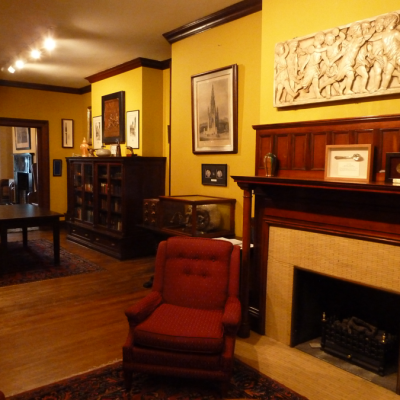
The library contains books and documents that pertain to Scotland and to Scots who have immigrated to Albany.

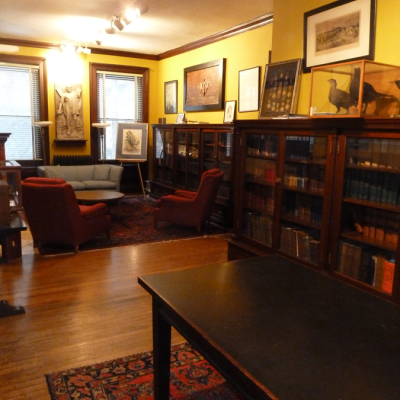
Pictures, artifacts and historic documents are displayed on the walls of the library.













